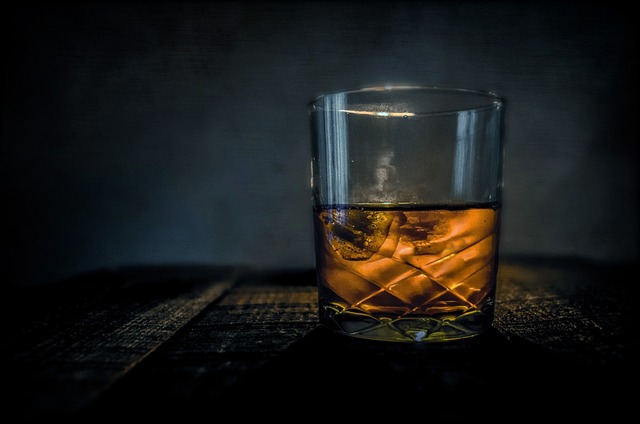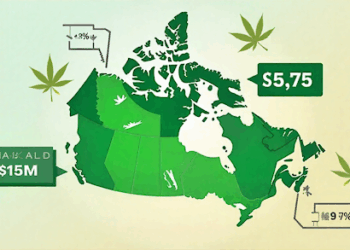When it comes to whisky, it’s impossible to escape the debate between blended and single malt whisky and which is best.
The first thing to say is, there is no ‘best’ between the two because it comes down to personal preference about the taste.
However, if you’re looking for a new whisky for yourself or as a gift for a whisky lover, it’s useful to understand the difference between the two.
What is Single Malt Whisky?
There’s a lot of myth and misconception around what “single malt” actually means.
Contrary to what some believe, the ‘single’ in single malt means that the whisky has been produced by a single distillery, not that it’s made in a batch from a single cask.
In reality, single malt can be a mix of whisky from different casks, as long as it’s all from a single distillery.
Single malt is known for having a big depth of flavour with a complex taste profile that often includes caramel, chocolate, fruit and spices. Compared to most blended whisky, single malts are more known for their sweet and smooth texture.
Making Single Malt Whisky
The production of single-malt whisky begins with the malting process.
Barley is soaked in water, germinated, and dried in a kiln, activating enzymes in the barley and converting starch into fermentable sugars.
The malted barley is ground into a coarse flour before being mixed with warm water in a ‘mash tun’ and the produced liquid is moved on to a fermentation vessel and yeast is added.
This is followed by the distillation process (usually involving pot stills for single malts) which concentrates the alcohol content.
The final stage is ageing the whisky, typically in oak barrels but some single malts are known to be finished in rum, sherry or even red wine casks to develop a more robust signature flavour.
What is Blended Whisky?
As the name suggests, blended whisky is a blend of different types of whiskies, including malt and grain whiskies.
While some see ‘blended’ whisky as a lower class of whisky compared to single malts, it’s actually an extremely skilled process to create a well-rounded, flavoursome profile with distinct flavours that can be just as good.
The Skill of Whisky Blending
Blending whisky requires a thorough understanding of the flavour profiles of different whiskies in order to create a blend that’s balanced and nuanced to give a unique drinking experience.
Whiskies are carefully selected and combined from different distilleries to create a flavour profile that enhances the best qualities of each individual whisky.
After blending, the whisky is typically aged to allow flavours to meld together, creating a smooth and well-rounded final product.
Choose your whisky based on flavour preferences
There is no right or wrong answer when it comes to selecting a single malt or blended whisky, it all comes down to the flavours you like and will enjoy.
The best way to find something you like is to study the flavour profiles of single malt and blended whiskies and taste tests to understand what you like.
You can always go to a whisky tasting event to speed up the process and get some expert advice based on the flavours you enjoy.







